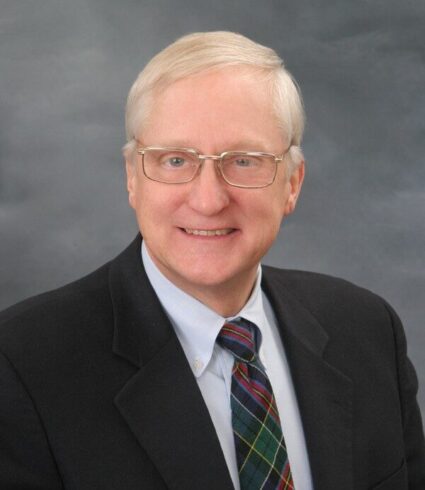
Gregory B. Olson
Primary Impact, Materials, Research Type

Contact Info
Research
Professor Gregory Olson’s research is in computational materials design. He is now considered the father of integrated computational materials engineering (ICME), the industrial practice of computationally designing materials and their processing paths. Professor Olson investigates fracture resistance, creates materials system designs through computational modeling, and develops design methodologies for high-performance alloy steels and other materials, including intermetallic composites, ceramics, and polymers.
Biography
Professor Olson joined the MIT Department of Materials Science and Engineering as the Thermo-Calc Professor of the Practice in January 2020. He earned all his degrees from MIT, starting with a BS in 1970. He worked with Professor Morris Cohen for his PhD, finishing in 1974, and held positions as research associate, principal research associate, and senior research associate. In 1988, he took a tenured full professor position at Northwestern University, where he was later awarded the Walter P. Murphy Chair. In 1997 Professor Olson founded Questek Innovations, a company that applies ICME toolkits to solve industrial problems, including the first documented commercial successes in computational steel design.
Key Publications
Low-hysteresis shape-memory ceramics designed by multimode modeling
Created a category of shape-memory materials from ceramics that can operate at higher temperatures without sustaining much damage.